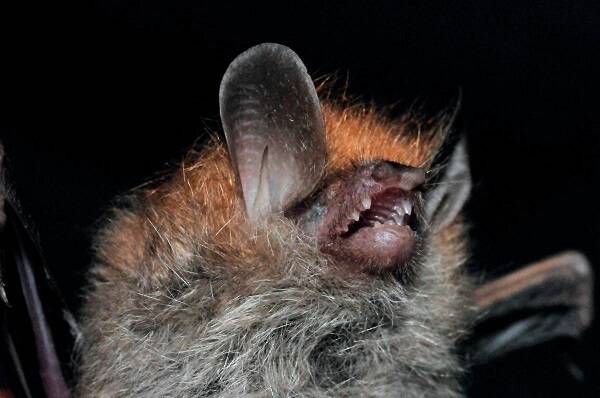
Lorelei tube-nosed bats are small tube-nosed bats. After Eger & Lim (2011) published a new species from a specimen in Diding, Guangxi, Tu et al. (2015) captured three tube-nosed bats in Wangling Nature Reserve, Vietnam. According to their body size and mitochondrial COI gene differences, It is d...
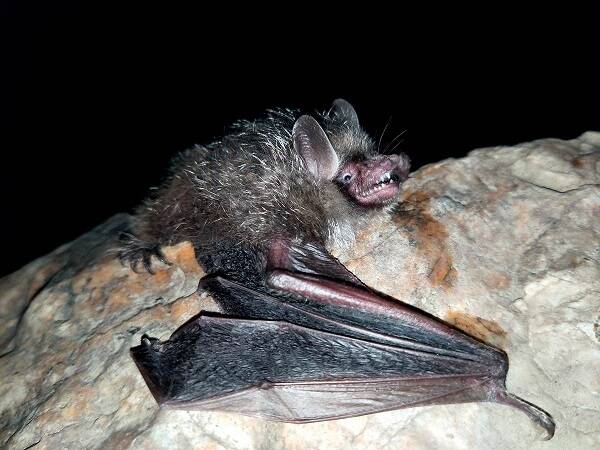
The social structure of the white-bellied bat is complex, and it is a typical social nocturnal animal, often living in the same cave with other bat species. Sometimes it also roosts in tree holes and buildings, and hibernates in caves and rock crevices in winter. White-belted tube-nosed bats emit ty...

Mesotubularis nocturnal. Insectivorous. This species is found in India. It lives in middle and low altitude woodland, but ADAPTS to a variety of habitats, and is active in forest and agricultural areas. The Latin scientific name is sometimes spelled Murina huttonii, and the Chinese name is also call...

A new species published by Csorba & Bates (2005) from specimens collected in Kililong National Park, Cambodia, and classified into the "<cyclotis" group, Wu et al. (2010) reported a new Chinese record found in Jianfengling, Hainan. The type specimens were caught in mist nets in smal...
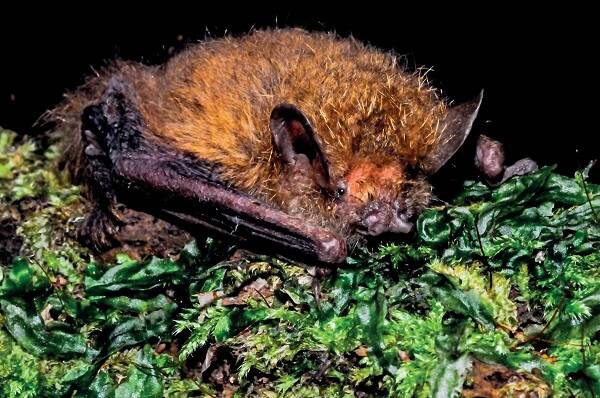
The arboreal bat is a rare tree-dwelling bat. It inhabits mountainous forests or clusters of dead leaves, living singly or in small groups. They feed on insects. It was a new species published by Furey et al. (2009), and reported by Francis & Eger (2012) as a new record species in China from sam...
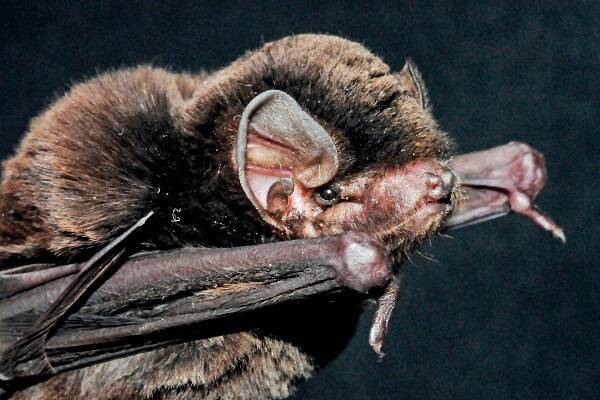
Any of several small long-winged bats, endemic in China to the south of the Asian long-winged bat, inhawing rock burrows and often gathering in groups of dozens or hundreds of individuals. Living in the same cave are the great hoofed bat, the Chinese chrysanthemum bat, the sheath tail bat and so on....
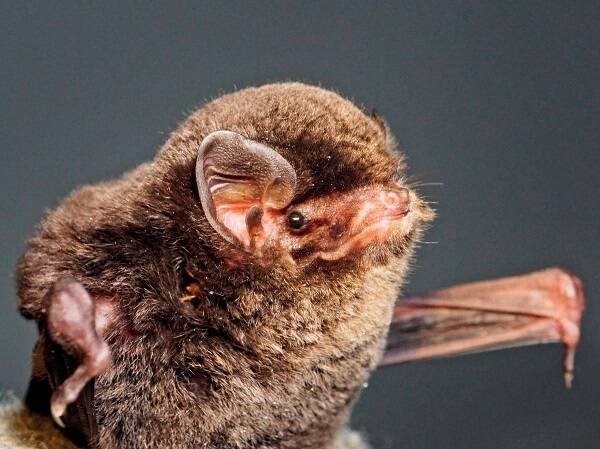
Asian long-winged bats live in large limestone caves in dark, wet water, gathering in large groups of thousands or even tens of thousands of individuals on top of the cave walls. It has a hibernation habit. They feed on small flying insects, especially hymenoptera and diptera. Miniopterus schreibers...
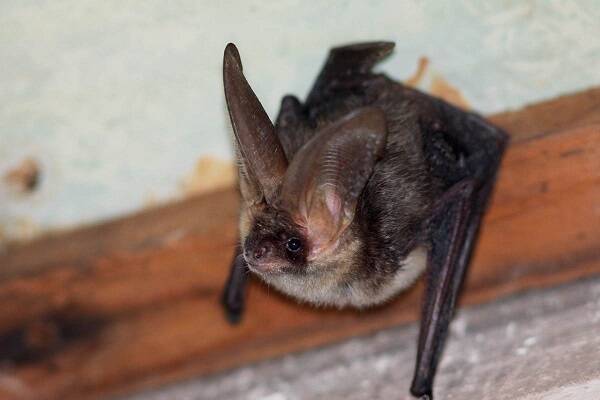
The big eared bat, also known as the long eared bat or rabbit-eared bat, is characterized by an ear that is longer than the head length. It lives alone and does not mix with other bats. Beginning to sleep in September, the hibernating big-eared bat does not eat or move, the ear is folded under the a...
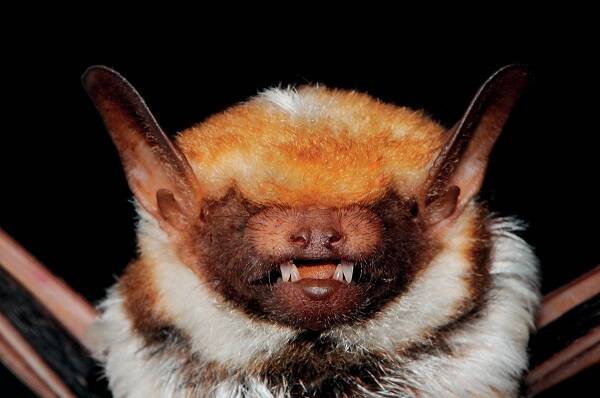
The species is rare in number and is found in Assam. Inhabits in tropical, temperate wet stone crevices. They live in groups. They go out at dusk and at night to forage in the bamboo forests and around the woods, feeding on insects. They perch on the steep walls of caves or hang from high branches,...
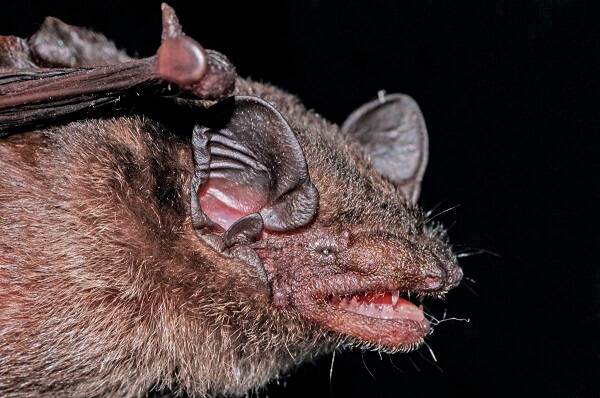
The brown bat species is rare. It is a tropical bat that lives in bamboo holes that are eaten by beetles. Since Zhang Libiao et al reported the discovery of this kind of new records in Hainan and other three provinces in 2008, Zhang Qiuping et al. (2014) and Wu Yi et al. (2015)...
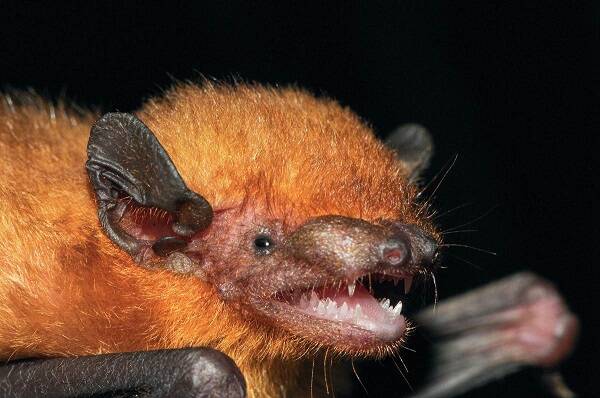
The bat is the smallest bat in the world, and the only one in the world that can get into bamboo tubes, because of its unique flat skull, people give it the image name "flat skull bat". According to records, the oblate skull bat has survived on the earth for 6 million years, belonging to t...
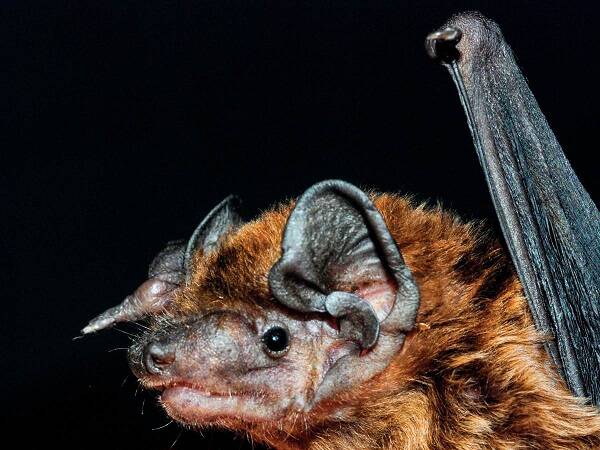
The Chinese bat lives in old buildings, tree holes and caves. The cluster is usually lurking in the ceiling mezzanine, eaves and wall cracks, sometimes with the pipistrella, brown bat and the same habitat. The pregnancy period is about 2 months, the lactation period is 6-7 weeks, and each fetus is 1...
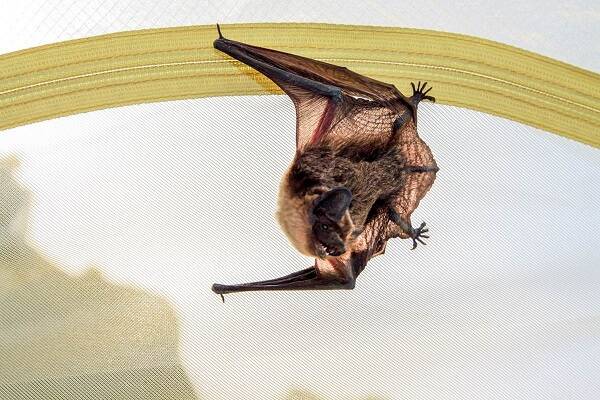
Brown bats live in small groups. Generally, more than 10 clusters are active, and many are about 100. Mating before hibernation, females do not ovulate. The following spring ovulation is fertilized by sperm stored in the uterus. Gestation period 50 ~ 60d, 5 ~ 6 months to give birth. Lactation period...
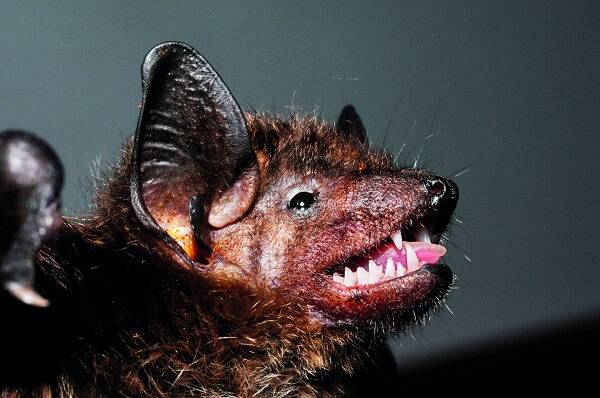
Large brown bats live in a variety of habitats, including caves, rock crevices, eaves of houses, and gaps in doors, Windows, and walls. It mainly emits short, wide-band echolocation sound waves, which feed on coleoptera insects and also prey on diptera insects. There are four subspecies in China, na...
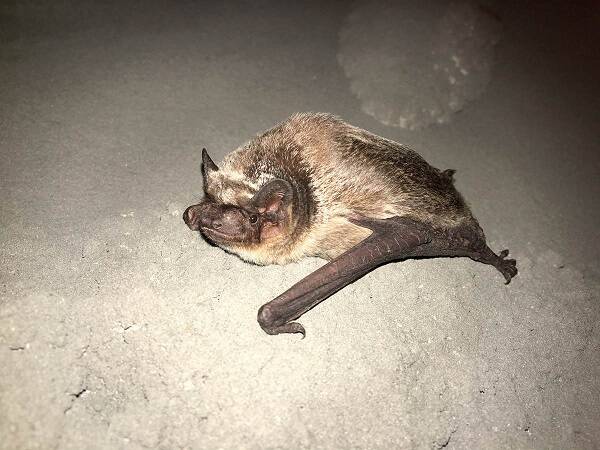
Eastern bats belong to human animals, often inhabit all kinds of artificial buildings, such as houses or building roof frames, ceilings, door and window frames and bridge gaps, can crawl or hang upside down in the gap between the roof beams of the shed. The number of populations varies greatly, few...

Southern bats live in tall caves, with 3-5 or more than 10 individuals lurking high on the cave walls, mostly hanging as a single individual. They go out at night to hunt for flying insects and return before dawn. Large groups of Asiatic long-winged bats (<Miniopterus fuliginosus) and other speci...